In addition to the Koran, early jurisprudence relied on Sunna, which seems to have originally meant the general or time-honoured usage of the community and ra’y, which at this stage meant "sound opinion" or "considered opinion." With the work of al-Shfi’i, and generally for Sunnis in the course of the ninth century, it became standard theory that there was not one scripture in Islam, but actually two. The definition of Sunna narrowed to refer to the usage of the Prophet and then further narrowed to mean "the usage of the prophet as established by Hadith," oral reports concerning the Prophet’s statement and behaviour transmitted from the Companions, early Muslims who were eyewitnesses of the Prophet’s mission. These reports were gathered and published in colections arranged according to the Companion transmitters (musnad), or in collections arranged for easy reference by jurists according to the standard chapters of the law (sunan). Six collections, dating from the middle to late ninth century, came to be recognized as more or less canonical by Sunni Muslims of all madhhab s: the Sahih s of al-Bukhari, Muslim and al-Tirmidhi and the Sunan of Ibn Majah, Abu Dawud and al-Nasa’i. In the ninth and tenth centuries, the relative importance of Hadith as a body of scripture was highly contested. This study is an asset for scholars, researchers and general readers who has interest in Islamic laws.
Encyclopaedia of Islamic Law and Jurisprudence
In stock
Free & Quick Delivery Worldwide
Bibliographic information
Title
Encyclopaedia of Islamic Law and Jurisprudence
Author
Edition
1st ed.
Publisher
ISBN
9788126148530
Length
viii+280p., Bibliography; Index; 25cm.
Subjects

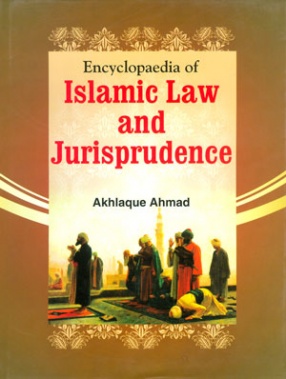
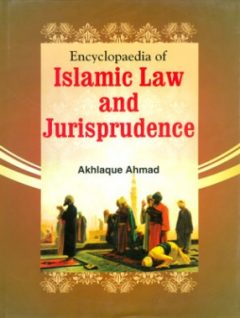

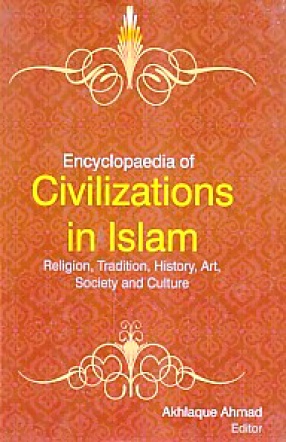

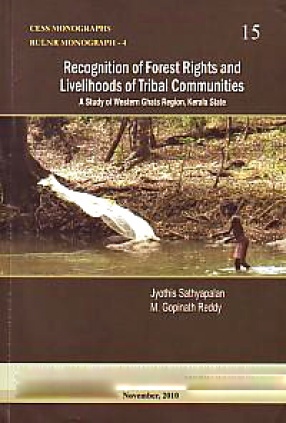
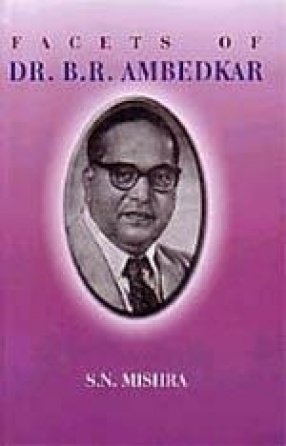
There are no reviews yet.